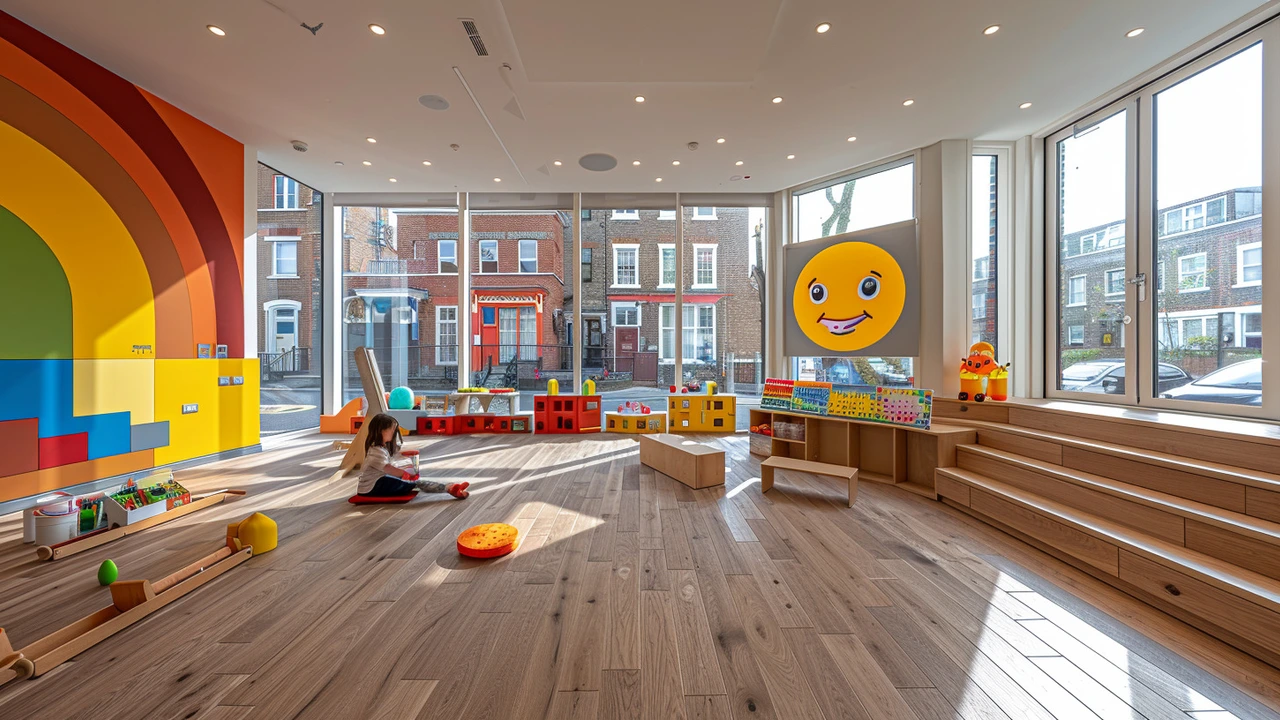Children's learning with art: practical activities parents and teachers can use today
Art isn't just for fun — it gives kids tools they use across school and life. When children draw, paint, or build, they practice attention, fine motor control, vocabulary, and planning. That means one 15-minute art routine can help with reading, math, and self-control without feeling like extra homework.
Start small. You don’t need fancy supplies. A few crayons, paper, glue, and recycled boxes unlock hands-on lessons that stick. Below are short, practical activities that work at home, in class, or during quiet time.
Easy art activities that teach
1) Story Drawing: After reading a short story, ask your child to draw three scenes in order. This builds comprehension and sequencing. Ask them to name each scene out loud—new words stick when paired with images.
2) Shape Hunt Collage: Give kids a paper and ask them to cut or tear shapes from magazines to match a list (circle, triangle, rectangle). This strengthens geometry basics and scissor skills. For younger kids, use stickers instead of cutting.
3) Number Painting: Paint ten dots, then group them into pairs or fives and count together. Show how ten splits into 5+5 or 2+2+2+2+2. The visual grouping helps make abstract numbers concrete.
4) Texture Rubbings: Place paper over leaves, coins, or fabric and rub with a crayon. Talk about the textures—rough, smooth, bumpy—and link words to sensations. This builds vocabulary and observation skills.
5) Problem-Solving Sculptures: Give a small challenge: make a tower that holds a toy car using only clay and toothpicks. Kids plan, test, and adapt. That’s basic engineering thinking, practice in trial-and-error, and confidence-building all at once.
Use art to boost reading, math, and focus
Pair art with reading: ask kids to illustrate a new word, then use that word in a sentence. Pair art with math: draw groups to solve addition or subtraction. For focus, try a timed drawing task—set a two-minute timer and let them concentrate fully. Short, consistent practice beats long, rare sessions.
Make feedback simple. Say what you notice—"I see you used three colors for the sky; that’s creative problem solving." Specific praise teaches kids what matters more than just saying "good job."
Keep it routine. Five to fifteen minutes after school or before bed creates a steady habit that boosts learning without stress. Rotate activities so kids get variety: one day drawing, one day building, one day cutting and pasting.
If you need inspiration, use everyday themes: grocery lists become collage projects, family photos spark stories, and neighborhood walks provide natural materials. Art doesn’t need a studio—just curiosity and simple supplies.
Try one activity this week and watch how small, hands-on play helps learning grow. You’ll get results that feel natural, not forced—and kids usually ask for more.

